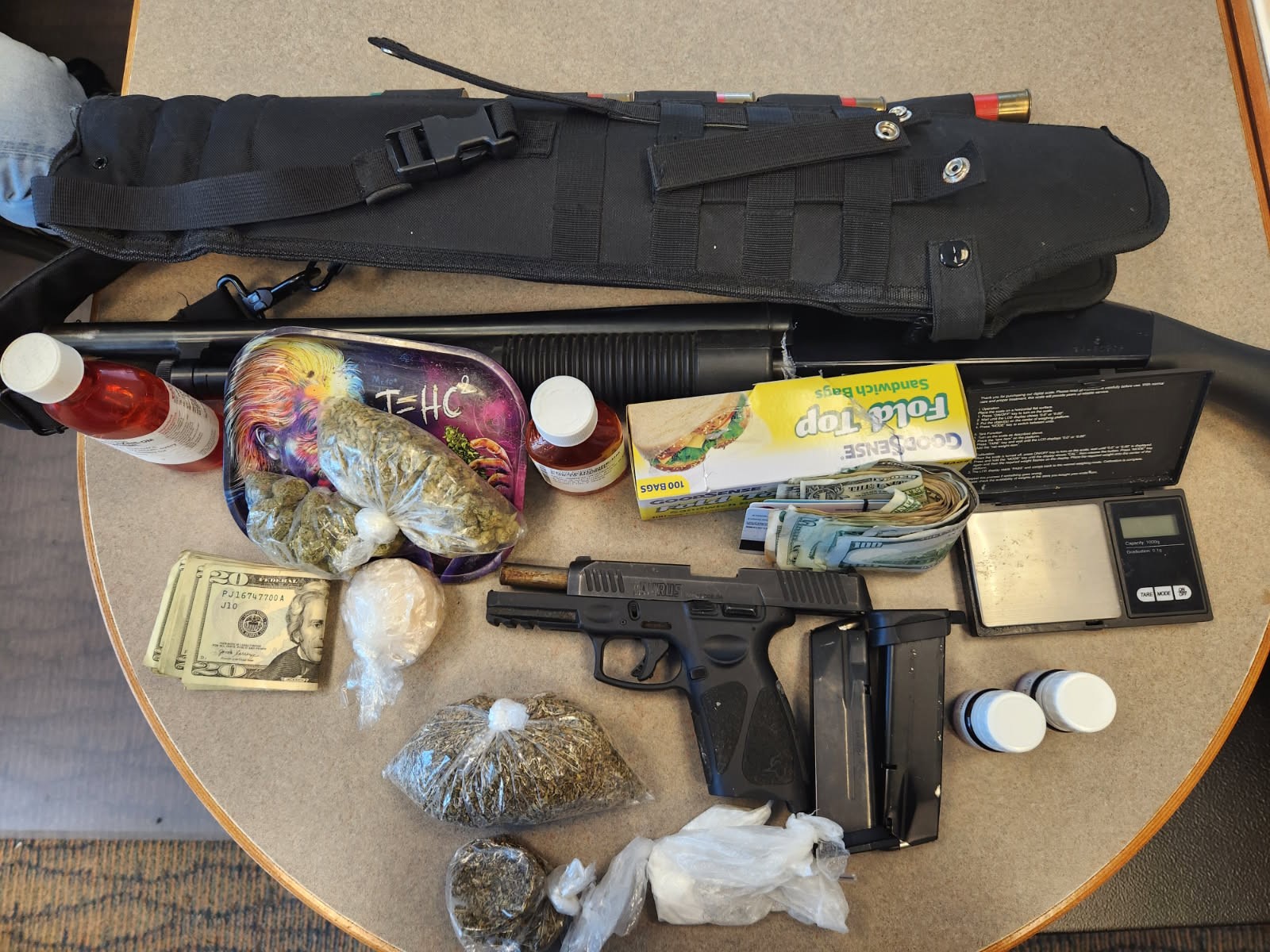Shelter of Last Resort, a county asset during Harvey
Published 9:29 am Thursday, September 21, 2017
By Dawn Burleigh
The Orange Leader
(Editor’s note: This is part one of a two part series on the Emergency Operations Center during Tropical Storm Harvey.)
Trending
Emergency Operations Center located in the heart of the Orange County Convention and Expo Center on Farm to Market Road 1442 in Orange, was essential to the for coordinating efforts during the unprecedented rain over Orange County during Tropical Storm Harvey.
During construction, the building was commonly referred to as the shelter of last resort before being named Orange County Convention and Expo Center upon completion.
Just three weeks after the storm, Orange County Judge Stephen Brint Carlton, OEM Coordinator Missy Pillsbury, Orange County Sheriff’s Office Patrol Captain Richard Howard and Public Information Officer Janois Grizzaffi spoke about the night Harvey changed from ‘eight – 15” of rain’ to ‘three inches of rain an hour for approximately four hours.’
A total number for rescues during the event has yet to be calculated.
“At the beginning of the rain event, we were classifying them as information reports,” Howard said. “We know there were over 900 rescues.”
Patrol deputies on the roads at the time were forced to find higher grounds and try to save the vehicles so the county would still have the inventory after the storm.
Trending
The same deputies, while their own house were being over come with water, continued with rescues.
“They were helping those they serve,” Howard said.
Word of the change of the forecast came in at approximately 10 p.m. August 29. Almost immediately a press release was sent out reading, “Emergency transportation has been suspended for the safety of our citizens and first responders. Emergency Services will still be available for life threatening situations.
Orange County is still expecting more rainfall over night but we want to assure the citizens that we will be available as soon we can safely begin making our way into the neighborhoods.
All calls for assistance that were already made today will be prioritized in the morning and first responders will be answering those calls to bring people to dry ground.
If you have a life threatening emergency, please call 9-1-1.”
“The phones went crazy when the water started rising,” Grizzaffi said. “9-1-1, the local main numbers, the Emergency Management main number… it was steadying ringing. We had people filing in in other roles.”
“The calls were prioritized, like triage,” Howard said. “We had double the dispatchers and were still inundated with calls. That is not including fire departments and other police departments.”
As the 9-1-1 calls were made, they were rerouted to the next available phone line within the system until an open line could be reached. The result was calls to the Sherriff’s Office could be rerouted to another department in the 9-1-1 system.
“We had more rain than originally predicted,” Carlton said.
Carlton, Pillsbury, Howard and Grizzaffi were among the many county employees and elected officials who stayed up working around the clock for close to 50 hours after the flooding began. Contrary to rumors circulating during the event, Pillsbury, Howard and Grizzaffi confirmed Carlton was at the center during the entire disaster.
“My own family was among those rescued,” Carlton said. “I did not know until hours later.”
Howard described the rain event as a true disaster.
“That morning there was water everywhere,” Howard said. “It took me eight hours to get from 16th Street to 1442 in a Deuce and half.”
Along the way, he was rescuing those in need. One such rescue was a member of The Cajun Navy from Mississippi.
“The water was to the roof of his vehicle and stalled,” Howard said. “He was trying to save his boat.”
Pillsbury said Orange County received three inches of rain an hour between 10 p.m. and 2 a.m. of that fateful night.
The multi-million dollar building is designed to withstand winds up to 200 miles per hour and to provide a safe place for first responders to stay during the storm.
“The building did what it was meant to do and more,” Pillsbury said.
“We did it on our own,” Howard said. “We knew we did not have state resources at first. We went a whole day without resources and did a great job.”
“We could not have done it without the EOC {Emergency Operations Center],” Grizzaffi said. “It allowed us the ability to have 9-1-1 calls rerouted to here.”
When outside resources such as the BlackHawks arrived, they asked where they were to be housed and operate.
“Once state resources started arriving, the building offered a place fore them to house, eat and operate,” Howard said. “There was no other place to house them. Ford Park had to evacuate and come here. It is an asset we definitely need.”
Pillsbury added the building was also used to stage evacuations.
“It was not the norm,” Carlton added. “But we were not going to leave them outside in the rain while we made arrangements to get them to a shelter.”
Howard said he has had 20 years of training for disasters and in each one the wildest possible scenario is thrown in as part of the experience.
“This would have been the wildest,” Howard said. “We would have laughed saying it would never happen. There is no way to have foreseen this.”




